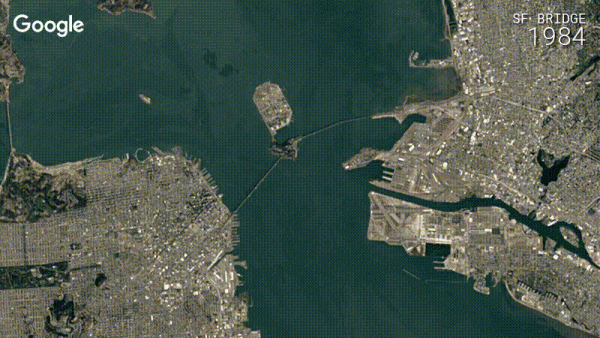


The solution is embodied in CREATE Lab’s open source Time Machine software: create much larger video tiles that can cover the entire screen and only show one whole-screen tile at a time. This works very well for maps made of static images, but less so for pyramids of video tiles, such as those used by Timelapse, since it requires a web browser to keep up to 16 videos in sync while interacting with the visualization. The map pyramiding technique assembles the full map image displayed on-screen from tens of small 256x256 pixel non-overlapping image tiles in an array, with new tiles fetched as needed at an appropriate resolution as the user pans and zooms across the map.Ī traditional Mercator map pyramid contains non-overlapping image tiles. Before that time, navigating a map required the use of directional arrows to pan and zoom, with each step requiring the page to reload. The problem is even more severe for a mobile device.Ī solution was pioneered by Google Maps in 2004 with the map pyramiding technique. Most computers would have difficulty playing a video of this size, let alone with an interactive, zoomable interface.

Images from 1984 until 2020 show the glacier’s movements and it has retreated 20 kilometers in total to the North due to a number of factors, including rising temperatures.At its native resolution, the Timelapse visualization is a 4 terapixel video (that's four trillion pixels), which would take about 12 days to download on a 95 Mb/s internet connection. One of the starkest images is that of Columbia Glacier in Alaska. Images from 1984 until 2020 show the glacier’s movements and it has retreated 20 kilometers in total to the North due to a number of factors, including rising temperatures. Google Earth notes that nearly 85% of the glacier has melted and disappeared in the last century alone. Time-lapse photos show how the ice cap has melted dramatically since 1985. In beautiful Tanzania, near the summit of Mount Kilimanjaro. Climate change has melted icebergs, created deserts and bleached the world’s coral reefs, and you can see it in these images. This Earth Day Google Earth has shared several potent images of the world’s rapidly shifting geology. Google Doodle marks important events and occasions in the world with graphics and short explanations.


 0 kommentar(er)
0 kommentar(er)
